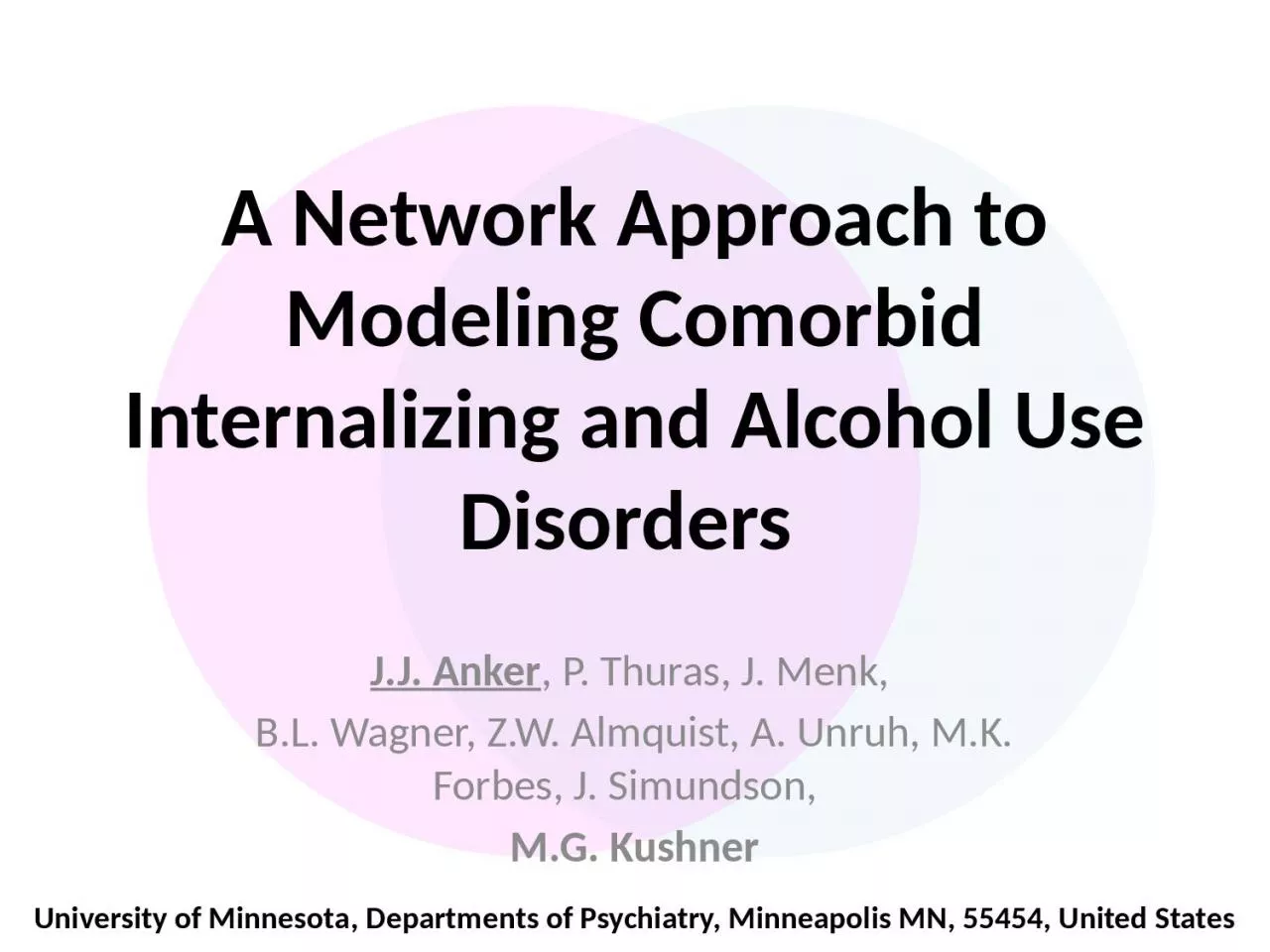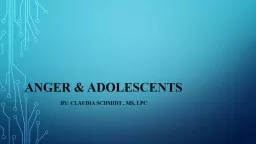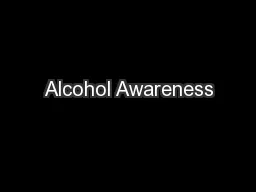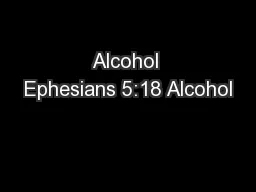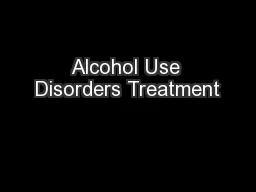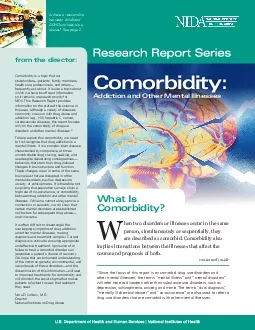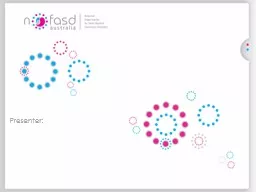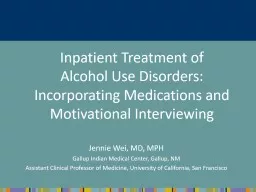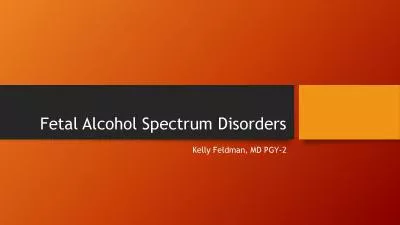PPT-A Network Approach to Modeling Comorbid Internalizing and Alcohol Use Disorders
Author : SportyChick | Published Date : 2022-08-04
JJ Anker P Thuras J Menk BL Wagner ZW Almquist A Unruh MK Forbes J Simundson MG Kushner University of Minnesota Departments of Psychiatry Minneapolis MN
Presentation Embed Code
Download Presentation
Download Presentation The PPT/PDF document "A Network Approach to Modeling Comorbid ..." is the property of its rightful owner. Permission is granted to download and print the materials on this website for personal, non-commercial use only, and to display it on your personal computer provided you do not modify the materials and that you retain all copyright notices contained in the materials. By downloading content from our website, you accept the terms of this agreement.
A Network Approach to Modeling Comorbid Internalizing and Alcohol Use Disorders: Transcript
Download Rules Of Document
"A Network Approach to Modeling Comorbid Internalizing and Alcohol Use Disorders"The content belongs to its owner. You may download and print it for personal use, without modification, and keep all copyright notices. By downloading, you agree to these terms.
Related Documents

